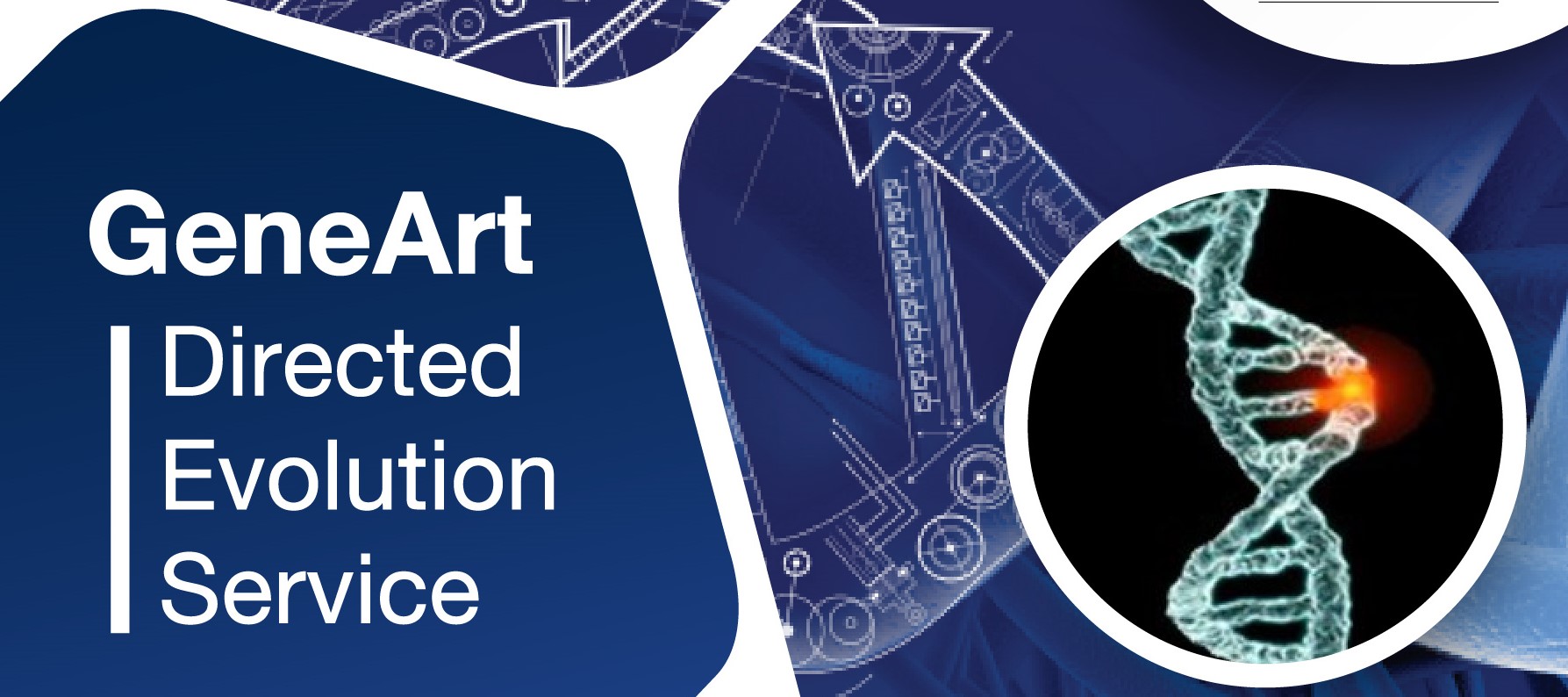A Glimpse into the Past: The Genesis of Genetic Manipulation Before the sophisticated tools of modern biotechnology graced our laboratories, the realm of genetics was dominated by natural observations and traditional breeding methods. For centuries, humans selectively bred plants and animals, albeit with limited knowledge about the genetic intricacies that lay beneath.
By the mid-20th century, the scientific community had successfully unraveled the structure of DNA, marking the dawning of a new genetic era. The double-helix discovery by Watson, Crick, and Franklin opened doors to a world where genetic understanding was no longer confined to observation but transitioned into tangible manipulation.
Setting the Stage: Early Forays into Genetic Editing
As our molecular knowledge expanded, the 1970s saw the rise of genetic engineering. With the advent of recombinant DNA technology, scientists were now able to manipulate genetic sequences directly. However, this was akin to editing a manuscript with scissors and glue—effective, but lacking precision. A more targeted approach was needed, setting the stage for site-directed mutagenesis.
From Broad Strokes to Fine Edits: The Birth of Site-Directed Mutagenesis
In the late 1970s, the method of site-directed mutagenesis (SDM) was introduced, spearheaded by researchers like Dr. Michael Smith, who would later receive a Nobel Prize for this pioneering work. SDM emerged as a revolutionary tool, allowing scientists to introduce specific mutations at predetermined positions on the DNA molecule. The implications of this method were profound; it provided an unprecedented level of precision in genetic research.
Overcoming Challenges: The Evolution of SDM Techniques
Like any nascent technology, site-directed mutagenesis wasn't without its hurdles. Early methods of SDM, such as the primer extension method, were resource-intensive and faced limitations. However, innovation was rife. Through the 1980s and 1990s, more efficient techniques like PCR-based mutagenesis were developed. These new methodologies, characterized by their enhanced precision and efficiency, rapidly gained traction in research communities globally.
Pushing Boundaries: Modern Applications of SDM
Fast-forward to the 21st century, and site-directed mutagenesis has paved the way for groundbreaking discoveries across multiple sectors. From its role in deciphering protein function in medical research to aiding in the creation of genetically modified crops resilient against pests and environmental stressors, SDM has truly redefined the boundaries of what's possible.
In medicine, for example, understanding how minute genetic changes can influence protein function has been instrumental in drug development. By introducing specific mutations, researchers can now glean insights into the role of particular amino acids in disease pathways, leading to more targeted therapeutic approaches.
The Road Ahead: A Future Shaped by Precision
As we venture further into the realms of personalized medicine, sustainable agriculture, and other facets of biotechnology, the significance of site-directed mutagenesis becomes increasingly evident. Its ability to provide a detailed understanding of genetic function, combined with the evolving techniques that enhance its efficiency, positions SDM as a cornerstone of future genetic research.
Concluding Thoughts: Celebrating a Legacy of Precision
In the annals of scientific history, few techniques have had as profound an impact as site-directed mutagenesis. By offering a window into the precise workings of genetic code, SDM stands as a testament to human ingenuity and our relentless pursuit of knowledge. As we reflect on its storied past and anticipate future advancements, one thing remains clear: site-directed mutagenesis will continue to push the frontiers of genetics, reshaping our understanding of life's very fabric.



